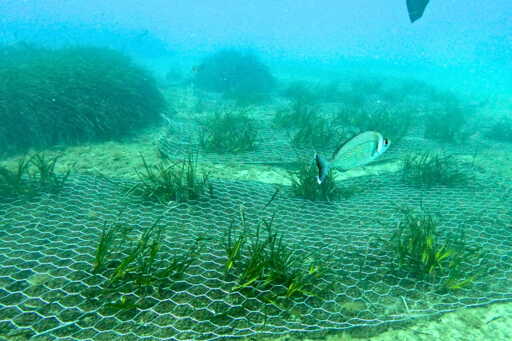ROME and GENOA, Italy — In the urban waters off Naples, shoals of bream, wrasses, as well as crustaceans, mollusks and bryozoans are returning after decades of absence to Gaiola Submerged Park Marine Protected Area. “This MPA has turned into a significant repopulation zone for the surrounding coast of Posillipo,” Maurizio Simeone, a marine biologist and the MPA’s director, told Mongabay. “The fishermen themselves tell us this.” Farther west, in the archipelago of La Maddalena off the northern tip of Sardinia, the scene is starkly different. Boat tour operators have seen the crystalline waters turning murkier and iconic species such as seahorses becoming rarer sightings. The difference between the two seascapes lies in the health of a single, vital ecosystem type: Posidonia oceanica seagrass beds. At Gaiola, decades of strict protection and active restoration experiments have allowed the meadows to recover; at La Maddalena, the meadows have been damaged by intense, uncontrolled boat anchoring. Here, too, researchers have implemented bans on anchoring and begun planting new cuttings. The plant itself has “a very slow growth,” Marina Pulcini, a marine biologist at the Italian Institute for Environmental Protection and Research (ISPRA), told Mongabay, and reestablishing dense meadows may take a decade. But the high survival rate (more than 90%) of the initial transplants offers hope that the ecosystem can begin to revitalize now that pressures are reduced. For decades, Italy’s efforts to conserve its seagrass meadows have been hampered by a lack of information, with the last push to map seagrass…This article was originally published on Mongabay
From Conservation news via this RSS feed


